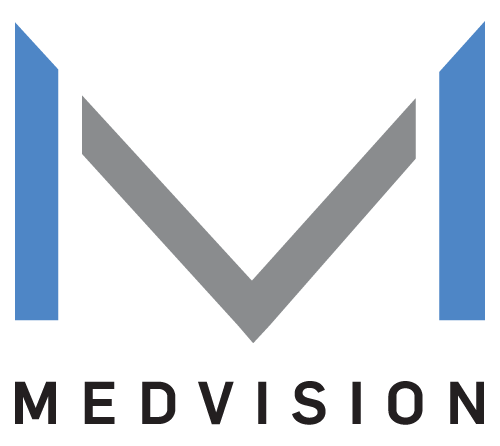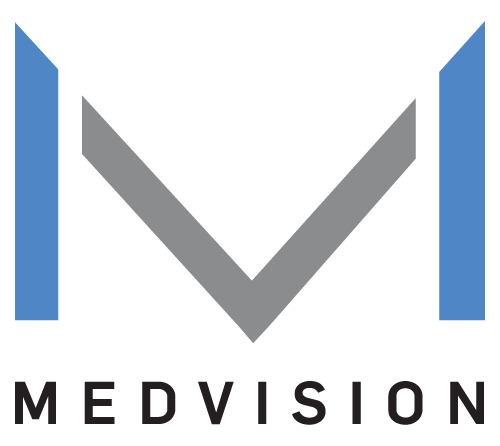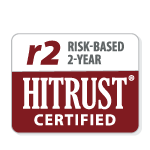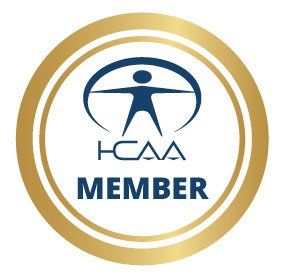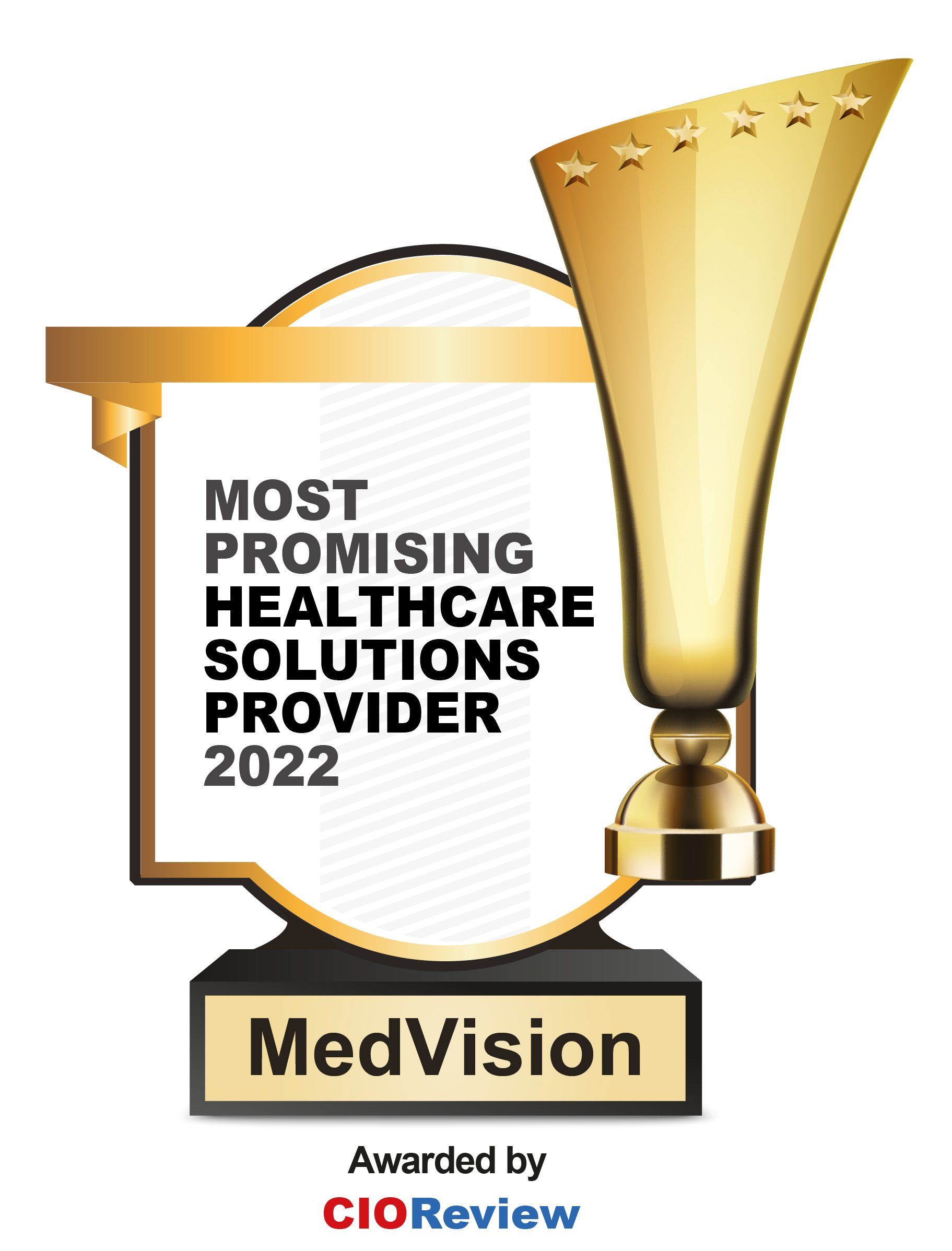Direct Contracting Drives Favorable Healthcare Implications
Designed to empower healthcare organizations with financial flexibility in the form of capitated payments, direct contracting seeks to increase beneficiary participation while attracting new risk-sharing providers to the Medicare fee-for-service (FFS) demographics.
The new direct contracting model from Centers for Medicare & Medicaid Services (CMS) is geared to improve upon Next Generation ACO (NGACO) programs while integrating elements of the Medicare Advantage (MA) program. By providing voluntary and alternative payment models for Direct Contracting Entities (DCEs) to participate in, direct contracting offers higher levels of risks and rewards than traditional Accountable Care Organizations (ACOs).

The Implications of Direct Contracting on the Health Population
DCEs will be in a better position to negotiate value-based healthcare packages with providers to include rates, capitation, and other important contract details. This attracts quality healthcare specialists, hospitals, and providers to secure greater healthcare market share for favorable capitation and sub-capitation rates. Under these circumstances, direct contracting has several significant effects on how healthcare is coordinated and delivered.
Increased Health Population Participation
Direct contracting is poised to attract traditional Medicare Advantage (MA) physician groups to leverage healthcare models and clinical expertise to include the FFS market. This is seen as a wide sweep of new healthcare providers and members shifting to new and alternative modalities of payment.
Focused Expenditures for Increased Patient Outcomes
Short-term investment flexibility is expected to be fully utilized by physician groups via capitation payments. With the option to receive advanced capitation payments, providers will be able to make significant investments in the delivery and coordination of care, such as investing in clinical health alerts for better patient engagement.
Improved Provider Involvement
Direct contracting is expected to increase physician group participation and engagement through its lowered reporting requirements and higher program flexibility. Reporting is simplified by using 14 quality measures while program flexibility is expanded through enhancements built upon successful NGACO programs.
Targeted Value-Based End Results
The direct contracting model is a meaningful milestone in the progress towards improved quality of care. Physician groups will find the direct contracting program as an attractive alternative to other options due to the increased risk and reward scenario, enhanced operational management, and potentially imminent financial benefits.
As a new entrant to the healthcare industry, direct contracting is still in its infancy when it comes to its operational and financial viability. Filled with possibilities and opportunities, direct contracting can still be subject to many administrative, operational, and fiscal revisions upon review. Healthcare organizations focused toward constant improvement and innovation should be on the lookout for solutions to support their initiatives for increased incentives.
Managing Administrative and Financial DCE Operations
Healthcare solutions can come as boutique applications designed to address specific needs, yet they can also come as comprehensive models developed to integrate seamlessly with existing workflows to increase efficiency. With financial viability as a core operational factor for continued business, healthcare organizations such as DCEs are in the enviable position to scrutinize available healthcare solutions in the marketplace.
Without
reports to review, operational and financial management will be difficult for DCEs to supervise, control, and lead. Report generation, viewing, and exporting capabilities are incredibly vital in the operations as these communicate the quick indicators of current business operational situations such as provider dispute resolutions (PDRs), primary care physician (PCP) reports, stop-loss analyses, and third-party liabilities.
Eventually, operational efficiency will usually reflect in the profitability of any organization, including DCEs. Organizational revenue details and reports should be easily retrieved to ascertain factors that affect the bottom line such as clinical expenses and administrative costs per provider on a monthly or annual basis, as sound fiscal management is essential to maintaining and increasing DCE operations and profitability.

Integrate Healthcare Solutions with Direct Contracting Implications
Anticipating the arrival of DCEs in the healthcare industry, MedVision developed DCE-OS, the value-based integrated healthcare administration solutions specifically designed and developed to support DCEs. Just as DCEs are built upon the success of previous models, the DCE-OS is designed to turn DCEs operational even faster than previous healthcare programs. This turnkey software is securely encrypted and embedded with diverse functionalities that allow you to start direct contracting operations as quickly as 30 days.
Featuring
automated interoperability functionalities that streamline your organization into one comprehensive operational system,
DCE-OS offers customizable modules for multi-disciplinary requirements with HIPAA-compliant standards and especially essential DCE operational functions such as credentialing, case management, claims administration, and reports generation. You can easily navigate through informative modules with an intuitive user interface (UI) developed to connect, simulate, and anticipate human interaction while fully automating the whole work process.
With DCE-OS as your healthcare solutions partner, you can now focus on key operations and increase your incentive benefits.
Explore Related Blogs
Recently published articles
Keep in touch
Subscribe to get the latest update
Trending topics
Share your insights on social media
Upcoming events and company news
